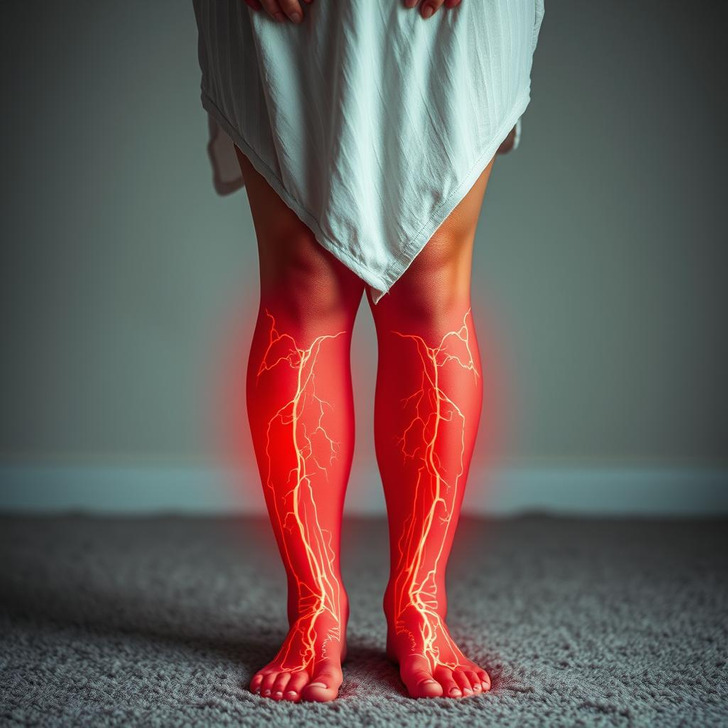15+ Stories That Prove Luxury Can Be Misleading


A 24-year-old woman started feeling an intense burning sensation in both of her legs, stretching from the middle of her thighs all the way down to her toes. At first, she tried to manage the discomfort on her own, but as the pain persisted and worsened over the next two days, she decided it was time to seek medical help. Concerned about what might be causing her symptoms, she checked herself into an outpatient clinic, hoping to find answers and relief. And then, she discovered, with shock, that she has caught a disease that caused a medieval plague.

A woman has been diagnosed with a rare illness historically known as "Holy Fire" or "St. Anthony’s Fire" after suffering from intense burning pain in her legs.
According to a case report published in The New England Journal of Medicine, the condition, which was more common in medieval times, can cause severe pain and other serious symptoms. Her case highlights how even ancient diseases can still appear in modern times, sometimes with unexpected and distressing effects.

A 24-year-old woman went to an outpatient clinic just two days after she started feeling an intense burning sensation in both of her legs. She also noticed her feet had changed color, and walking had become difficult.
When the doctors examined her, they were concerned to find that her legs felt cold to the touch, and there was no pulse in the arteries that supply blood to the lower legs and feet. A CT scan revealed that her arteries were narrowed, which was blocking blood flow.
To treat this, she was given heparin, a blood thinner. Thankfully, the pain in her legs eased, and they began to warm up as the blood flow improved. However, despite the progress, one of her toes had to be amputated due to gangrene.

The disease that affected her was far more common in medieval times than it is today. She was diagnosed with ergotism, a condition caused by consuming too much ergot, a type of fungus. Historically, this illness came from the Claviceps purpurea fungus, which infected rye and other staple grains commonly eaten in Europe. Ergotism restricts blood flow, leading to gangrene, skin peeling, painful seizures, and even symptoms like mania and psychosis.
Throughout history, outbreaks of ergotism were recorded under various names, such as "cockspur" or "St. Anthony's Fire," named after a group of monks known for successfully treating the disease. References to these outbreaks date as far back as 857 AD.

With her feet turning discolored and the unbearable burning sensation in her legs, the woman's condition seemed like an extremely rare case. Some speculate that ergotism might have played a role in the "dancing plague," a bizarre phenomenon that swept through Europe between the 14th and 17th centuries.
During these outbreaks, large groups of people were said to dance uncontrollably in the streets, sometimes dancing until they collapsed from exhaustion. While ergotism is one possible explanation, others have suggested causes like mass hysteria or even staged events. The true reason behind these strange occurrences is still up for debate.
And here's a story of a woman, who noticed a subtle discoloring of her fingernail. When she turned to doctors, she discovered with shock that this tiny change of her fingernail was a signal of a cancer spreading to her brain.











